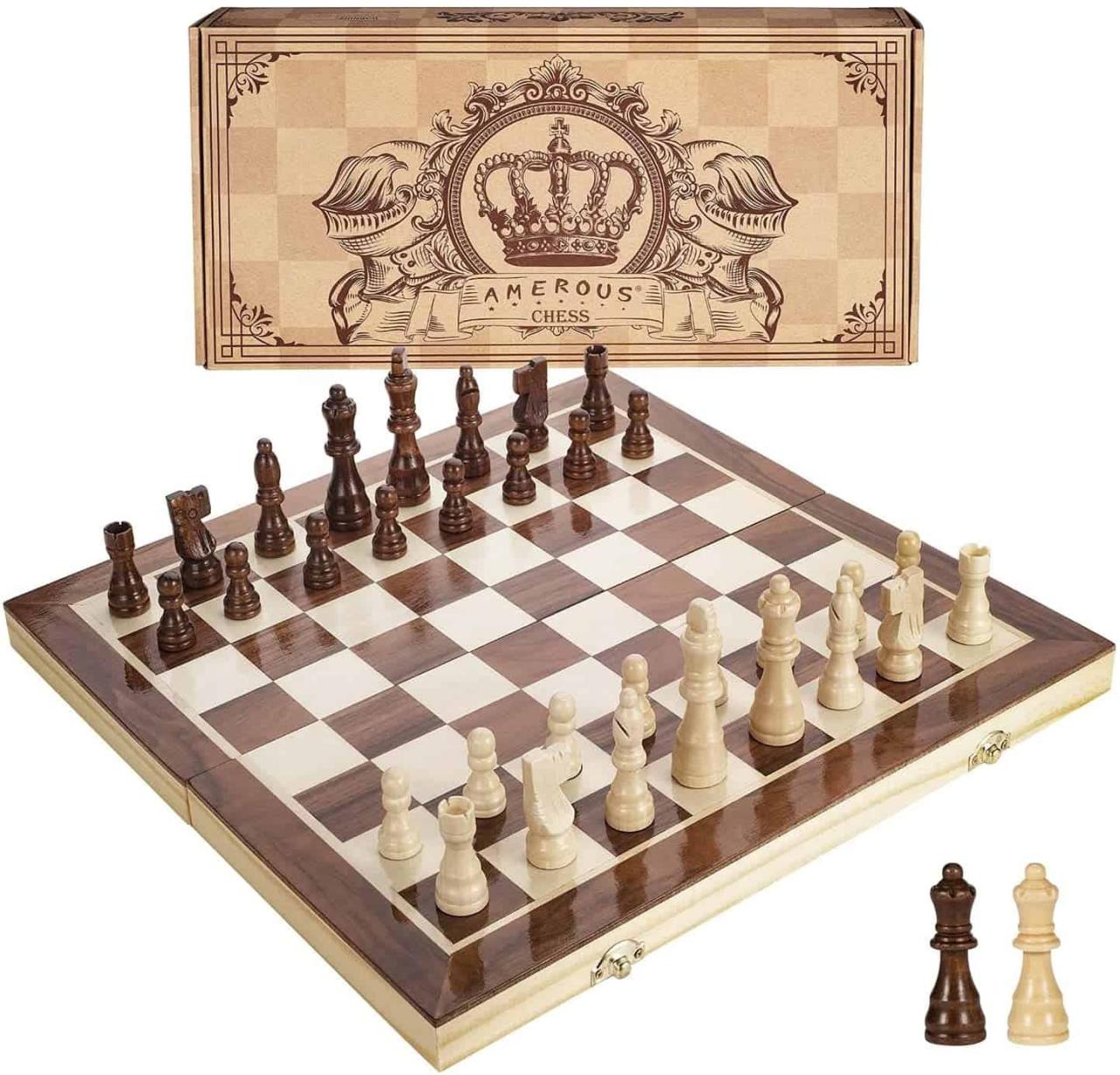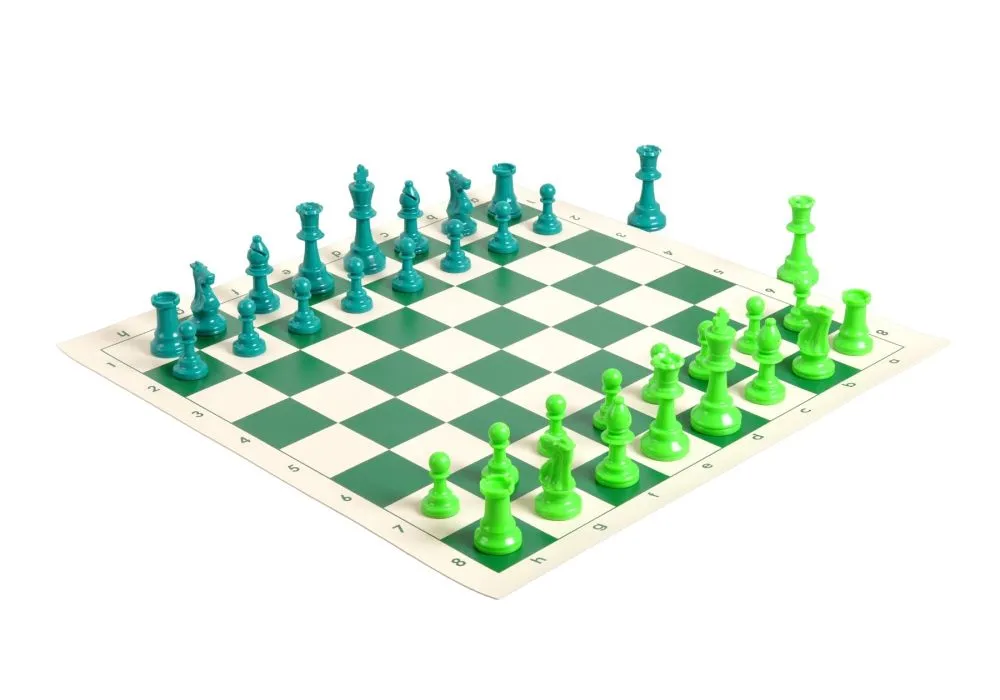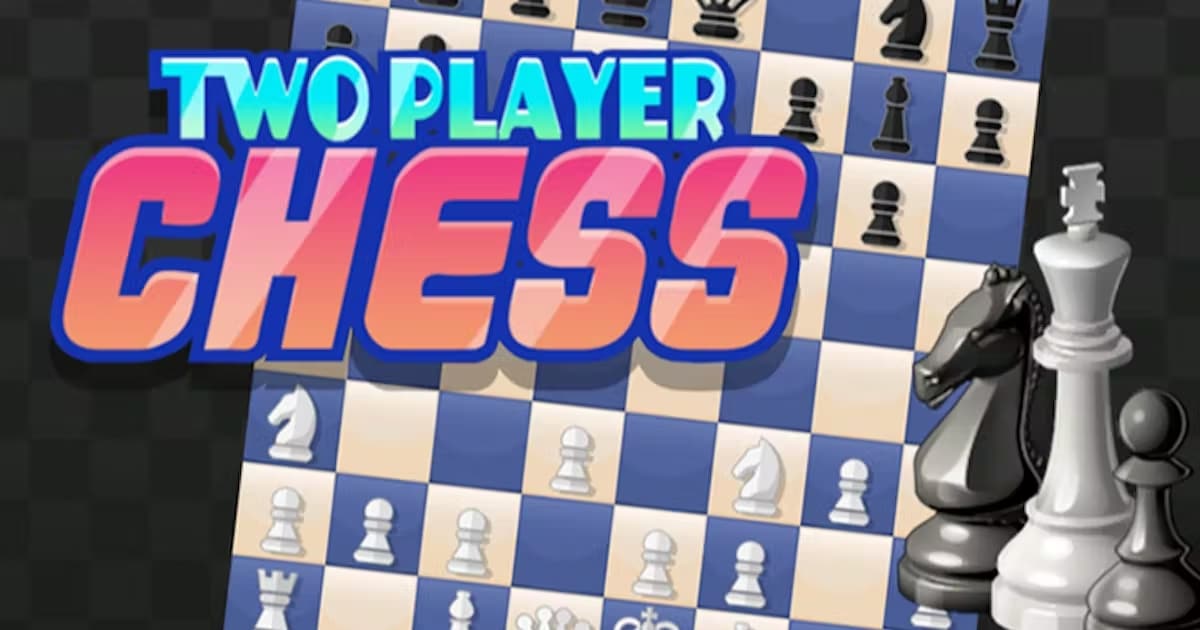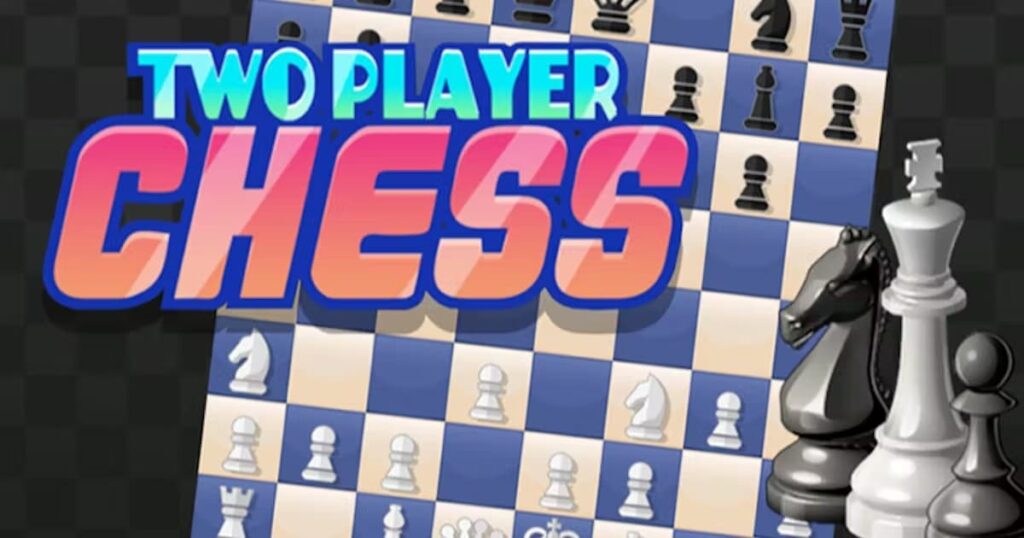chess 2 player sets the stage for this enthralling narrative, offering readers a glimpse into a game that has captivated minds for centuries. In this guide, we dive into the fundamental rules and objectives that define chess for two players, ensuring both novices and seasoned players can engage with the game effectively. From setting up the chessboard to understanding the unique movements of each piece, you’re in for a comprehensive exploration of this strategic duel.
As we delve deeper, we’ll uncover various strategies for both opening moves and mid-game tactics, along with effective endgame techniques that can turn the tide of a match. Whether you’re looking to enhance your skills or simply enjoy a game with a friend, our tips will help create an enjoyable and competitive atmosphere.
Chess Basics for Two Players

Chess is a timeless game that combines strategy, foresight, and deep thinking, making it a favorite among competitive players and casual enthusiasts alike. It is typically played between two opponents on an 8×8 square board, where each player aims to checkmate the other’s king. This means placing the king in a position where it cannot escape capture, thereby ending the game.
Understanding the rules and objectives of chess is essential for players at any level. The primary objective is to checkmate the opponent’s king while keeping your own king safe. Each player begins with 16 pieces, and these pieces each have specific movements and abilities that contribute to the overall strategy of the game.
Rules and Objectives of Chess
The core rules of chess define the gameplay and objectives. Key points include:
- Each player starts with an equal number of pieces: 1 king, 1 queen, 2 rooks, 2 knights, 2 bishops, and 8 pawns.
- The game is played in turns, with players alternating moves, starting with the player controlling the white pieces.
- The game ends in checkmate, stalemate (a draw), or resignation of one player.
Setting Up the Chessboard
Properly setting up the chessboard is crucial for a fair game. The setup follows these simple steps:
1. Place the board so that each player has a white square on their right-hand corner.
2. Arrange the pieces on the first two rows closest to each player:
– The rooks are placed on the corners.
– Next to the rooks are the knights.
– Next come the bishops, followed by the queen and king.
– The queen is positioned on her color (white queen on a white square, black queen on a black square).
– Finally, place all the pawns in the row in front of the other pieces.
Piece Movements and Unique Abilities
Each piece in chess has its own method of movement, which significantly influences gameplay. The following summarizes the movements:
- King: Moves one square in any direction. The king cannot move into check.
- Queen: Moves any number of squares in any direction – vertically, horizontally, or diagonally.
- Rook: Moves any number of squares either vertically or horizontally.
- Bishop: Moves any number of squares diagonally.
- Knight: Moves in an “L” shape: two squares in one direction and then one square perpendicular, or vice versa. Knights can jump over pieces.
- Pawn: Moves forward one square but captures diagonally. On its first move, a pawn may advance two squares. If a pawn reaches the opposite side, it can be promoted to any other piece (except a king).
Mastering the movements of each piece enhances strategic play and decision-making in chess.
Understanding these basics is essential for developing a strategic approach to the game, allowing for both competitive play and enjoyment.
Strategies for Two-Player Chess Games

Chess is a game that requires not only skill but also a deep understanding of strategies at various stages of the game. Players must familiarize themselves with the complexities of openings, mid-game tactics, and endgame techniques to outsmart their opponents. Effective strategies can turn the tide of a match, enabling one player to gain a significant advantage over the other.
Understanding the different phases of a chess game is crucial for formulating strategies. Each phase demands specific tactics and approaches that can be leveraged to maximize your chances of winning. Here, we will explore essential opening strategies, mid-game tactics, and effective endgame techniques that can elevate your gameplay and decision-making.
Opening Strategies
The opening moves in chess set the stage for the remainder of the game. A strong opening can help control the center, develop pieces, and ensure the safety of the king. Familiarizing yourself with various opening strategies can provide a solid foundation for your overall gameplay.
Some popular opening strategies include:
- The Italian Game: Focuses on quick development of the pieces, particularly the bishops.
- The Sicilian Defense: An aggressive response to 1.e4 that aims for counter-attack and imbalance.
- The French Defense: A solid strategy that allows for counter-play while creating a strong pawn structure.
- The Ruy Lopez: A classical opening that targets the center while developing pieces methodically.
- The Queen’s Gambit: A pawn sacrifice that aims to control the center and create dynamic play.
These openings are just a few examples, but they showcase how different approaches can dictate the tempo and style of play in the early game.
Mid-Game Tactics
The mid-game is where the dynamic nature of chess truly comes alive. Players often find themselves in complex positions, requiring tactical maneuvers to gain an upper hand. Recognizing tactical opportunities can lead to material gain or advantageous positions.
Key mid-game tactics to watch for include:
- Tactical Forks: A move where one piece simultaneously attacks two of the opponent’s pieces, forcing a difficult choice.
- Pins: Restricting the movement of an opponent’s piece by threatening a more valuable piece behind it.
- Skewers: Similar to pins, but the more valuable piece must move, exposing a less valuable piece to capture.
- Discovered Attacks: Moving one piece to uncover an attack by another piece, creating double threats.
- Removing the Defender: Targeting pieces that protect crucial targets, making it easier to capture them.
Incorporating these tactics can help players turn the momentum in their favor during the mid-game.
Endgame Techniques, Chess 2 player
The endgame phase is critical as fewer pieces remain on the board, making each move more consequential. Mastering endgame techniques is essential for converting a material advantage into victory or holding a draw in a challenging position.
Effective endgame strategies include:
- King Activation: Using the king as an offensive piece, centralizing it to control key squares.
- Pawn Promotion: Advancing pawns to the last rank to promote them into a more powerful piece, often a queen.
- Opposition: Positioning your king directly opposite the opponent’s king to control the outcome of pawn movements.
- Rook Endgames: Understanding key concepts such as the active rook versus passive rook dynamics.
- Basic Checkmating Patterns: Familiarizing oneself with essential checkmates, such as king and queen versus king, and king and rook versus king.
Mastering these endgame techniques can significantly improve a player’s ability to convert advantages into winning positions, thus enhancing overall gameplay effectiveness.
Enhancing Your Two-Player Chess Experience: Chess 2 Player

Creating an enjoyable and productive chess experience for two players goes beyond just knowing the rules and strategies of the game. It involves fostering an environment conducive to focus and growth while also incorporating fun elements like tournaments. Here, we’ll explore methods to organize chess tournaments, tips for creating a comfortable playing environment, and ways to analyze and review games to enhance skills and enjoyment.
Organizing Chess Tournaments for Two Players
Organizing a chess tournament can elevate the competitive spirit and bring an exciting twist to your games. Establishing a structured format ensures everyone is engaged and has an opportunity to improve their skills. Here’s how to set up a simple tournament:
- Define the Format: Choose between a knockout format or a round-robin system. In a knockout, each player faces elimination after a loss, while round-robin allows each player to compete against all others.
- Set Rules: Decide on time controls, whether it will be classical (longer games), blitz (shorter time limits), or rapid chess (moderate time limits). Clearly communicate these rules to all participants.
- Schedule Matches: Create a timetable for matches, ensuring there is adequate time for each game and breaks in between to maintain focus.
- Prizes and Recognition: Consider offering small prizes or certificates for various categories, such as best player, most improved, or best strategy. This adds motivation and excitement.
Creating a Comfortable and Focused Playing Environment
A conducive environment significantly impacts concentration and enjoyment during a chess match. Here are key aspects to consider when setting up your playing area:
- Quiet Space: Choose a location that minimizes distractions and noise. A quiet room or a designated area in a public space that allows for focus is ideal.
- Comfortable Seating: Ensure that chairs and tables are comfortable and at a proper height to prevent physical strain during long games.
- Proper Lighting: Good lighting is crucial. Natural light is preferable, but if unavailable, use adequate artificial lighting to avoid eye strain.
- Chess Equipment: Use a high-quality chess set and board. The tactile feel of pieces can enhance the experience. Having a digital clock can also keep the game flowing smoothly.
Analyzing and Reviewing Games
Post-game analysis is vital for continuous improvement in chess skills. Reviewing games allows players to identify mistakes and strategize for future matches. Here are important steps for effective game analysis:
- Review Game Moves: Go through each move made during the game and identify critical turning points. Use chess software or apps to help visualize these moves.
- Discuss Strategies: Engage in a discussion about what strategies worked and what didn’t. This could involve talking through alternative moves that could have been better.
- Keep a Game Journal: Document each game’s key moments, strategies used, and lessons learned. Over time, this journal can serve as a valuable resource for identifying strengths and weaknesses.
- Study Patterns: Look for recurring patterns in losses or winning strategies. Understanding these patterns can offer insights into developing future strategies.

